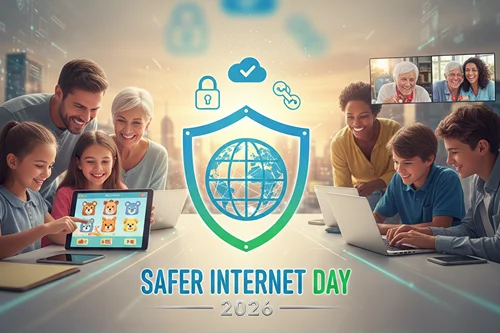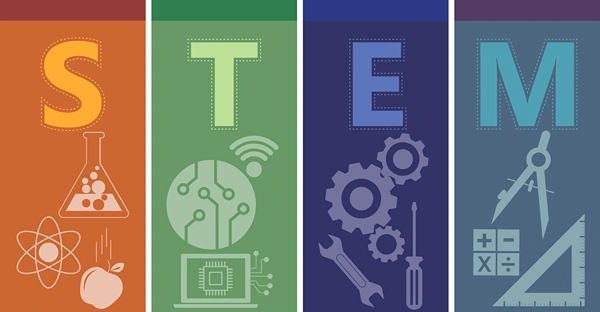Questions to Ask Your Child to Understand Them Better
Asking questions is a great way to understand young children and foster open communication as they get older. To ask the right questions, you need to consider your child’s age and offer insights that are relevant to that time in their lives. Conversations like this forge a stronger parent-child bond.
To elicit more than one-word answers from your kids, consider asking open-ended questions that prompt them to think and reflect. Here are a few questions you can start asking your kids to get to know them better.
What Was the Best Part of Your Day, and What Was the Most Challenging Part?
If you’re getting answers like “It was just okay” to the question “How was your day?”, this question might be the solution. Having a clear, expected answer helps children frame their response more effectively. It also shows them that you care about the things happening to them — whether that’s good or bad. That can help establish you as the go-to person for telling their happy and sad moments.
Additionally, by asking your kids about the best part of their day, you’re helping them hone their awareness of positive occurrences and emotions. This helps strengthen their sense of gratitude and presence.
What Has Been Your Favorite School Project?
We often give more attention to a failing grade than a passing one. While it comes from a place of concern, it can discourage children when you only talk about the negatives.
This question is a great way to foster positive conversations about school. You might learn about an art project they were proud of, or a creative writing exercise that engaged them.
You may also notice patterns in their preferred learning styles. If they talk about visual projects, like creating posters or dioramas, they might be visual learners. You can use this information to help them out with more difficult subjects. Turn these findings into practical suggestions, like color-coding their notes or creating diagrams of dense information.
If You Could Have Any Superpower, What Would It Be and Why?
For younger kids, tapping into their creativity is a valuable tool to uncover their mental states and aspirations. Asking what superpower they want isn’t random. The power they’d want to have may reflect their desires.
A child who wants to fly might be looking for adventure or more freedom, while a child who wants to be invisible might struggle with social issues. This conversation can be a subtle way of encouraging your child to open up more.
What is the One Thing You’re Most Proud of This Week?
Your child’s answer to this question can reveal what they care the most about, whether it be school, sports or hobbies.
Teaching them to be proud of themselves from a young age can nurture their self-confidence. Many people struggle to give themselves enough credit for their accomplishments, especially if they rarely received praise growing up.
Give your child the opportunity to celebrate their successes, no matter how big or small.
Keep the Conversation Going: 15 More Questions to Ask Your Child
Here are more questions you can ask to get your conversations started:
- What’s the funniest thing that made you laugh this week?
- What’s your favorite memory and why?
- What has been your favorite family trip?
- What do you love most about school?
- If you could write a book, what would it be about?
- What’s one thing you want to try or learn this year?
- If you could travel anywhere in the world, where would you go?
- If you could only eat one thing forever, what would it be?
- What’s the best compliment someone has ever given you?
- Who’s your favorite teacher and why?
- What’s a show or book or game you’re loving right now?
- What song will you dance to 100% of the time?
- What’s your favorite thing about yourself?
- If you could invent something, what would it be?
- What’s the coolest thing you’ve learned about online or from a friend recently?
The more you practice asking meaningful questions, the more natural it feels. The most important thing is to always lead with curiosity when hearing their answers. Remove all judgment, as that will only discourage them from answering honestly.
Conversation is a Journey, Not a Destination
Remember that conversations are a two-way street. You need to be able to listen as well as you ask or talk. Don’t be discouraged when your kid is slow to open up. Look at your efforts to connect with them as a journey, not a destination. Try asking one of these questions this week during dinner or a car ride and see where they bring you.
 Author bio: Cora Gold is the Editor-in-Chief of women’s lifestyle magazine, Revivalist. She strives to live a happy and healthy life with her family by her side.
Author bio: Cora Gold is the Editor-in-Chief of women’s lifestyle magazine, Revivalist. She strives to live a happy and healthy life with her family by her side.
Follow Cora on Facebook and LinkedIn.









